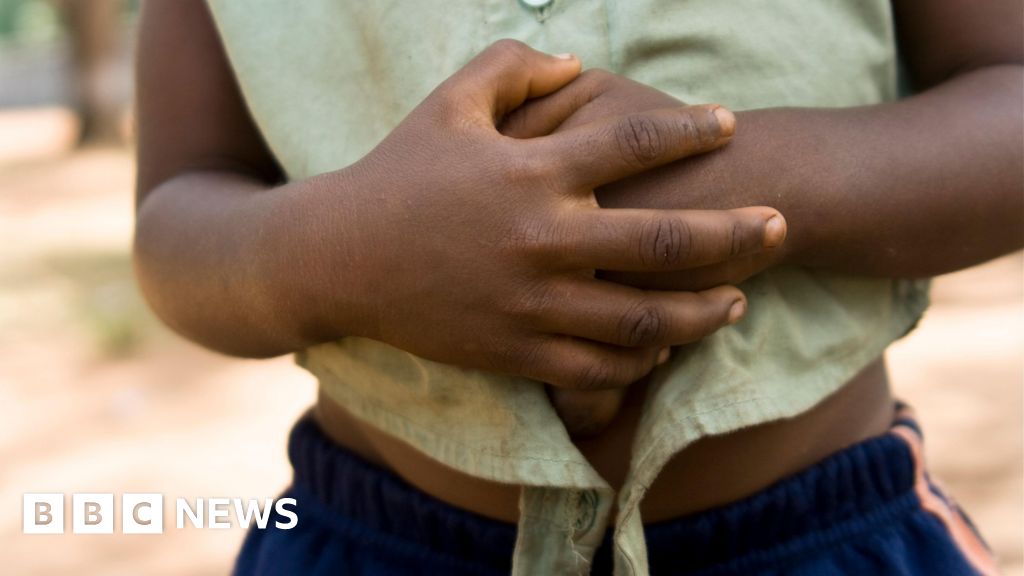
Around 40% of postmenopausal hormone positive breast cancer cases may be linked to excess body fat, suggests Spanish research published online in the Journal of Epidemiology & Community Health.
This proportion is significantly higher than one in 10 such cases currently attributed to excess weight, using the widely used measure of body mass index (BMI), and indicates that the real impact of obesity on breast cancer risk has likely been underestimated, say the researchers.
BMI isn’t necessarily a very accurate measure of body fat, particularly in older women, because it doesn’t account for age, sex, or ethnicity, they point out.
They therefore compared BMI with the CUN-BAE (Clínica Universidad de Navarra–Body Adiposity Estimator), a validated measure of body fat that does account for age and sex, in 1,033 white postmenopausal women with breast cancer and 1,143 free of the disease, but matched for age, sex, and geographical region.
All the women were taking part in the multicase-control (MCC)-Spain study, which aims to evaluate the environmental and genetic factors associated with bowel, breast, stomach, and prostate cancers and chronic lymphocytic leukemia among 20–85-year-olds.
All participants were quizzed on potentially influential risk factors: sociodemographics; lifestyle; and personal/family medical and reproductive histories.
Dietary information was collected through a validated semi-structured 140-item Food Frequency Questionnaire, and a self-administered questionnaire was used to gather information on usual alcohol intake between the ages of 30 and 40.
The CUN-BAE categorizes body fat as: less than 35%; 35–39.9%; 40–44.9%; and 45% and above. BMI classifies weight as: less than 25 kg/m2; 25–29.9; 30–34.9; and 35 and above.
The average BMI was just over 26 in the comparison group and just over 27 in the women with breast cancer; average CUN-BAE was just under 40% and almost 40.5%, respectively.
A BMI below 25 (reference) was observed in 45% of women in the comparison group and in 37% of those with breast cancer. A BMI of 30 or above, which signifies obesity, was observed in 20% and in just over 24%, respectively.
A CUN-BAE below 35% (reference) was observed in 20.5% of women in the comparison group and in 16% of those with breast cancer. A CUN-BAE of 40% or above was observed in just over 46% of women in the comparison group and in 53% of those with breast cancer.
A CUN-BAE of 45% or above was associated with a more than doubling in the risk of postmenopausal breast cancer compared with a CUN-BAE of below 35%.
No similar trend was observed for BMI, prompting the researchers to estimate that 23% of breast cancer cases were attributable to excess body fat using BMI, but 38% using the CUN-BAE.
But these differences were only apparent for hormone positive cancers (680 cases), for which the estimated proportions attributable to excess body fat were 20% (BMI) and 42% (CUN-BAE).
Causal factors can’t be established from the findings of this case-control study, say the researchers, who also acknowledge that the CUN-BAE formula was calculated from a sample of sedentary people; and the number of breast cancers that weren’t hormone positive was small.
Nevertheless, they conclude, “The results of our study indicate that excess body fat is a significant risk factor for hormone receptor positive breast cancer in postmenopausal women.
“Our findings suggest that the population impact could be underestimated when using traditional BMI estimates, and that more accurate measures of body fat, such as CUN-BAE, should be considered when estimating the cancer burden attributable to obesity in postmenopausal breast cancer.”
This is crucial for planning effective prevention initiatives, they add.
More information:
Burden of postmenopausal breast cancer attributable to excess body weight: comparative study of body mass index and CUN-BAE in MCC-Spain study, Journal of Epidemiology and Community Health (2024). DOI: 10.1136/jech-2023-220706
Citation:
Study suggests around 40% of postmenopausal hormone positive breast cancers are linked to excess body fat (2024, October 15)
retrieved 15 October 2024
from https://medicalxpress.com/news/2024-10-postmenopausal-hormone-positive-breast-cancers.html
This document is subject to copyright. Apart from any fair dealing for the purpose of private study or research, no
part may be reproduced without the written permission. The content is provided for information purposes only.




